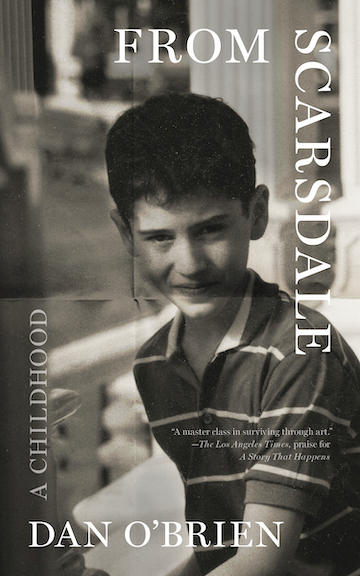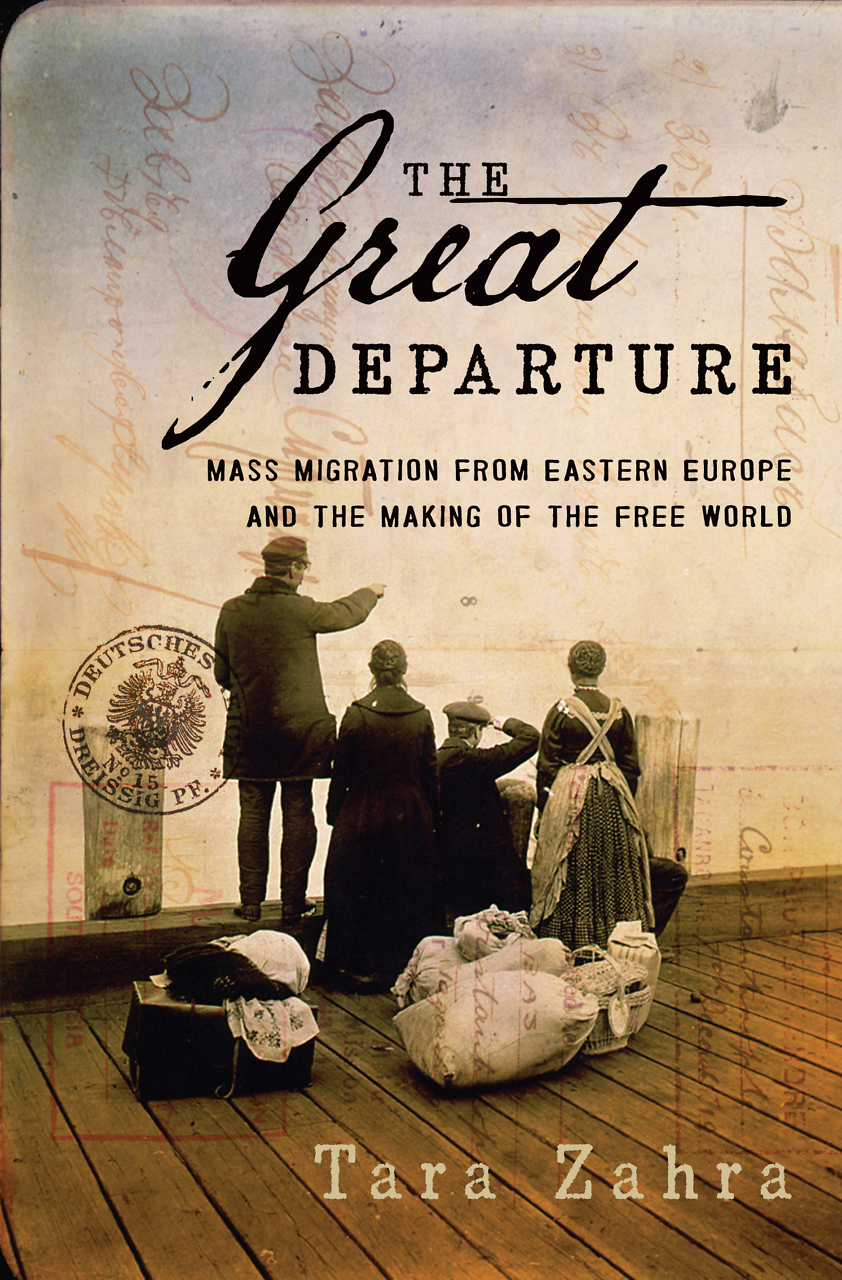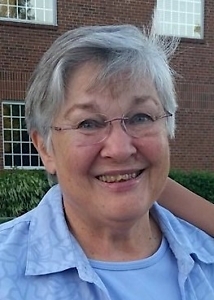Coming of Age at the Crossroads
Susan Gregg Gilmore’s second novel takes its protagonist through the racial turbulence of 1960s Nashville
Susan Gregg Gilmore was born in Nashville in 1961, left after high school to attend the University of Virginia, and didn’t move back home until thirty years later. In between, she earned a master’s degree in history from the University of Texas, worked as a newspaper reporter—including stints at the Los Angeles Times, The Christian Science Monitor, and the Chattanooga News-Free Press—and raised three daughters. Her first novel, 2009’s Looking for Salvation at the Dairy Queen, is set in rural Georgia in the kind of small town Gilmore’s paternal grandparents lived in and where Gilmore spent the summers of her youth. NPR’s Alan Cheuse called the book a “stand out” coming of age novel. Looking for Salvation at the Dairy Queen was a Southern Independent Booksellers Alliance Book Award Nominee that year.
It wasn’t until Gilmore returned to Nashville that she turned a novelist’s eye on her own hometown. The Improper Life of Bezellia Grove tells the story of a daughter of privilege—who grows up on what’s left of an antebellum plantation where thoroughbred horses were once raised—at a time of profound social change. Coming of age in a house where a deeply unhappy, alcoholic mother terrorizes not only the servants but her own children, Bezellia struggles to find a way to live in a world where her sole reliable sources of love are the people who are paid to care for her.
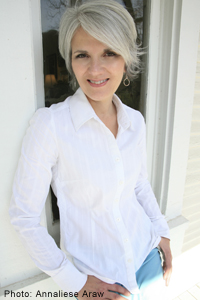 Though its frothy cover suggests a light summer read, in fact The Improper Life of Bezellia Grove “winds through some of the South’s darkest woods—race, class, insanity,” as novelist Lee Smith notes. Unsurprisingly, other writers have lined up behind the book, as well: “Gilmore is not afraid to show us the two-steps-forward-one-step-back dance of change,” says Darnell Arnoult, and Bloodroot author Amy Greene read the book “all in one sitting, swept up in Bezellia’s remarkable life and her moving quest to be loved in the right way.”
Though its frothy cover suggests a light summer read, in fact The Improper Life of Bezellia Grove “winds through some of the South’s darkest woods—race, class, insanity,” as novelist Lee Smith notes. Unsurprisingly, other writers have lined up behind the book, as well: “Gilmore is not afraid to show us the two-steps-forward-one-step-back dance of change,” says Darnell Arnoult, and Bloodroot author Amy Greene read the book “all in one sitting, swept up in Bezellia’s remarkable life and her moving quest to be loved in the right way.”
Susan Gregg Gilmore took a break from her book tour—and her simultaneous move to Chattanooga—to answer a few questions from Chapter 16.
Chapter 16: In many ways The Improper Life of Bezellia Grove is, like Looking for Salvation at the Dairy Queen, a coming-of-age novel. But Bezellia is a far more ambitious book: this time you’re writing about not only the growing pains of a confused young woman but also about the growing pains of a confused nation. Did you deliberately set out to write a novel that captures the turmoil of the 1960s—taking on civil rights, second-wave feminism, and Vietnam—or were you simply trying to create a believable setting for the family drama at the heart of the novel?
Gilmore: I never thought or believed that I was “taking on” the civil-rights movement. What I do believe is that as a novelist my job is to write about what I know, what I’ve seen. I was a child in Nashville in the 1960s, and my memories run deep. Coming back to my hometown thirty years after leaving it… well, you see some things with a fresh perspective, a better appreciation of the past. For instance, we looked at homes (to buy) on the very same street that I had lived on as a little girl, homes where I had played happily with friends. When I went into the basement of one particular house, I found four or five rooms with no windows and cold cinder-block walls. I immediately realized this was where the staff had lived. It really struck me that even though I was very aware of racial inequalities as a child, I had no way of knowing at such a tender age the enormous gap between the two worlds.
Chapter 16: Some of the secondary characters and settings in Bezellia are so realistic that I can’t help but wonder if they have counterparts in actual Nashville history. Did you spend any time researching mid-century high society in Nashville?
Gilmore: Oh yes. I spent hours at the Nashville Public Library reading old editions of the Nashville Banner, particularly the society pages—the best place to learn honestly about a community.
Chapter 16: In the acknowledgments page of Bezellia, you’re careful to note that your own loving mother bears no resemblance to the shallow, judgmental, depressive alcoholic who is Bezellia’s mother in name only. You’re a beloved daughter and the loving mother of three daughters of your own; what draws you to characters like Catherine Grace Cline (who is literally motherless) and Bezellia Grove?
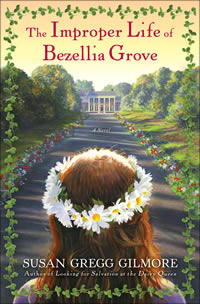 Gilmore: I am very fortunate to have been loved so well, and I am very empathetic to those who have not. The mother-daughter relationship is one of the most vital, I think, and it will not be the last time I explore this relationship, good and bad.
Gilmore: I am very fortunate to have been loved so well, and I am very empathetic to those who have not. The mother-daughter relationship is one of the most vital, I think, and it will not be the last time I explore this relationship, good and bad.
Chapter 16: Who are your literary forebears?
Gilmore: Lee Smith, Jill McCorkle, John Steinbeck, Ernest Hemingway, Eudora Welty, Flannery O’Connor, and Laura Ingalls Wilder.
Chapter 16: A literary gene must run in your family: your cousin, Roy Morris Jr., is the author of a new biography of Mark Twain, and Chapter 16 recently ran an essay by your oldest daughter. Do you think Claudia will follow in your footsteps as a novelist some day?
Gilmore: I wish. Wouldn’t that be fun! My daughter Claudia has been writing a blog about her own personal journey toward a risk-reducing prophylactic double mastectomy to be done this January. She writes with great passion and honesty. But if I truthfully thought about one daughter following in her mother’s fiction-writing footsteps, I think it would be my youngest daughter. Of course her reaction would be, “No way!”
Chapter 16: Can you tell us a little bit about your experience at the Sewanee Writers’ Conference last month? What can a successful novelist possibly learn at a writers’ conference, even one of the premier writers’ conferences in the country?
Gilmore: I have so much to learn! And I think the day that we think we don’t, we’re in trouble. Needless to say, I learned so much from Jill McCorkle and Tony Earley, particularly about how to structure and pace a story. I know without a doubt that my third book will be better for having been there. Oh, and I fell in love with the poetry of Pulitizer-Prize-winning poet, Claudia Emerson, and my very own roommate, Nashville poet Lisa Dordal.
Chapter 16: What’s up next for you as a writer?
Gilmore: I am working away on my third novel, The Funeral Dress, which is set back in East Tennessee in the Sequatchie Valley.
Susan Gregg Gilmore will read from The Improper Life of Bezellia Grove at Carpe Librum Booksellers in Knoxville on August 28 at 2 p.m.

